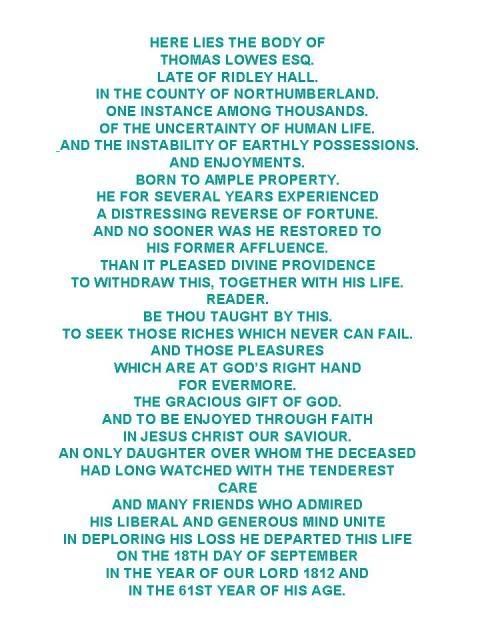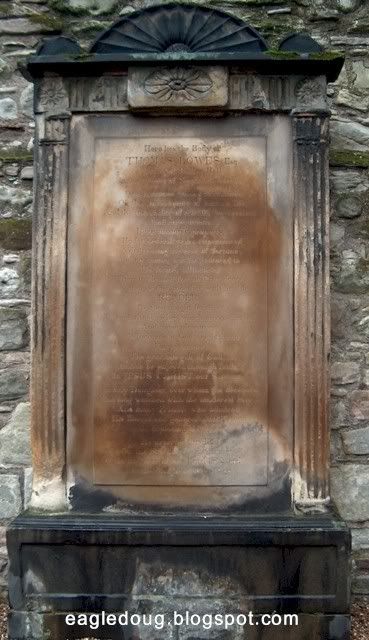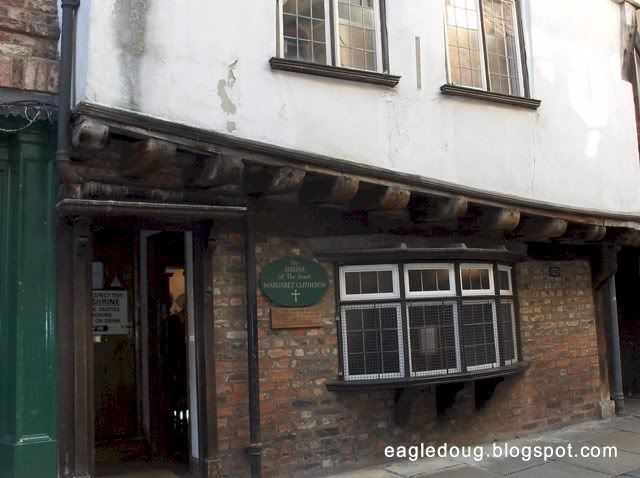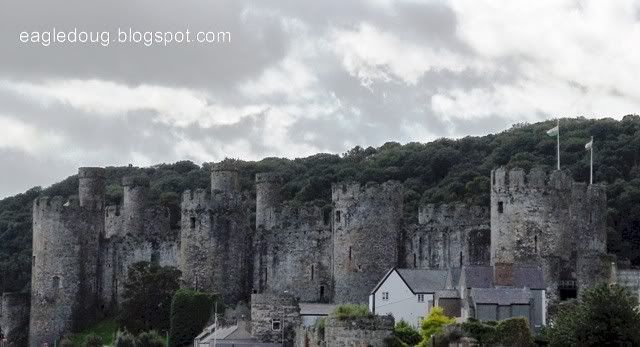
Conwy Castle located in Conwy, Wales built in 1283 - 1287 by Edward I

Taking photos from the turret of the King's tower can be a little unnerving on a windy day
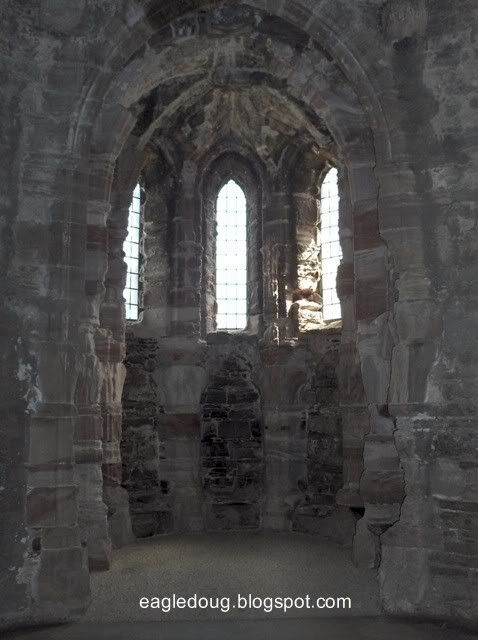
The little chapel in the Chapel Tower, where services were held for the castle residents
Conwy Castle, located in Conwy, Wales was one of the castles built by Edward I as an outpost for his efforts to conquer Wales and make it a part of his kingdom. Begun in May 1283 and finished in 1287, the castle had all of the functions necessary to keep the castle running and self-contained. Walls and towers encircle a ward of connected buildings that make up the King and Queen’s chambers, Great and Lesser Halls and a chapel, built after tower chapels became unfashionable.
The outer walls are made up of two sets of walls that form hallways connecting the towers. Each of the towers represented the various occupations necessary for the wellbeing of the small society. The towers were name for their purpose, bakehouse, stockhouse, prison, king, and chapel. In the base of the chapel tower was an exhibit discussing the role the Tower Chapel & prayer played in the lives of the castle inhabitants. The exhibit stated that having a chapel was as important to the people as the kitchen. The residents spent time each day in the chapel in prayer. It was important to the knights to spend time in prayer prior to going into battle.
We too face battles every day, and I for one don’t always prepare myself for those battles. There are many things that can “get in the way” of my daily devotions & dedicated time to pray. Often times it’s a quick prayer between meetings, a few moments before my shower, and even then, the consistency is not always there. But is being very busy a good excuse for not making daily devoted prayer a priority in my life?
The privilege of communing with God in prayer has come at a great cost to some. Daniel 6 tells of Daniel’s desire and discipline to pray to God three times a day. This is known to his enemies and they set out to build a trap for Daniel by convincing the King to write a decree that if anyone prays to a god other than the King, they will be thrown into the lions’ den. Daniel does not let this dissuade him from his daily prayer. His continued devotions to God were found out by his enemies and the King was forced to throw him in the den. God miraculously preserves Daniel, & once again the power of God is displayed to the world.
God has made access to him so easy for us that sometimes I forget the payment for our access to him has come at a great cost. The price was the sacrifice of Christ. May God through his grace and mercy help me to build a devoted time of prayer that honors that sacrifice.






